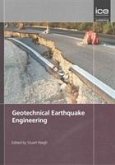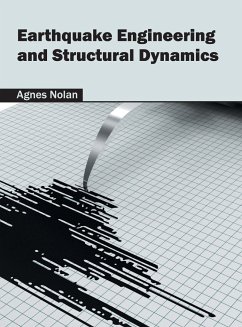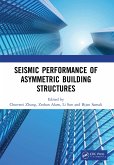An interdisciplinary branch of engineering that designs and analyzes structures such as buildings and bridges keeping earthquakes in mind is referred to as earthquake engineering. The main aim of earthquake engineering is to foresee the potential consequences of strong earthquakes on metropolitan areas and civil infrastructure. It also attempts to design, construct and maintain structures in accordance with building codes and compliance. It is considered as a subset of structural engineering, geotechnical engineering, mechanical engineering, chemical engineering and applied physics. Earthquake engineering has expanded its scope to encompass disciplines from the wider field of civil engineering, nuclear engineering, sociology, political science, economics, and finance. This book is a compilation of chapters that discuss the most vital concepts and emerging trends in earthquake engineering. It elucidates new techniques and their applications in a multidisciplinary manner. This book aims to equip students and experts with advanced topics and upcoming concepts in this area.
Hinweis: Dieser Artikel kann nur an eine deutsche Lieferadresse ausgeliefert werden.
Hinweis: Dieser Artikel kann nur an eine deutsche Lieferadresse ausgeliefert werden.








